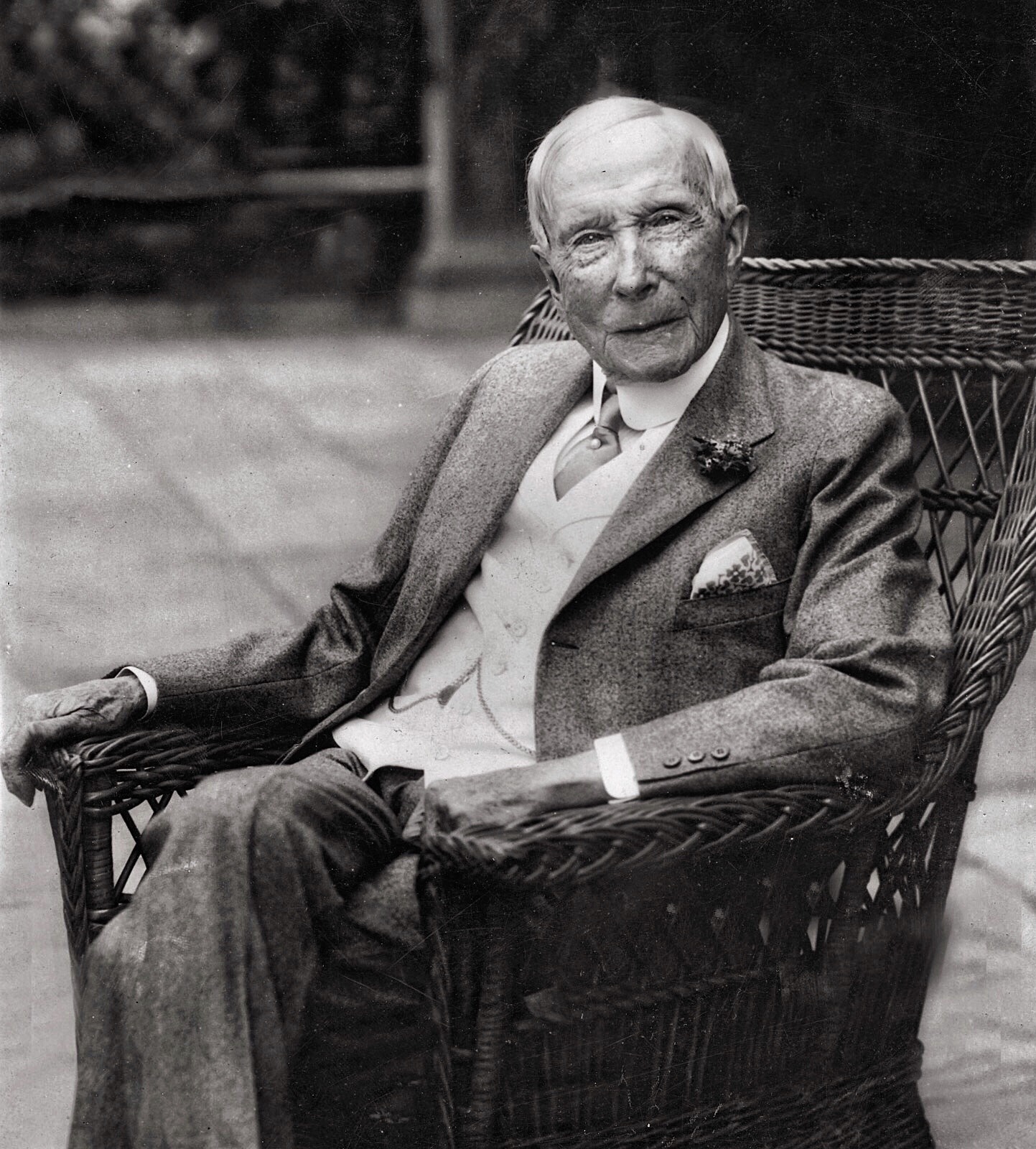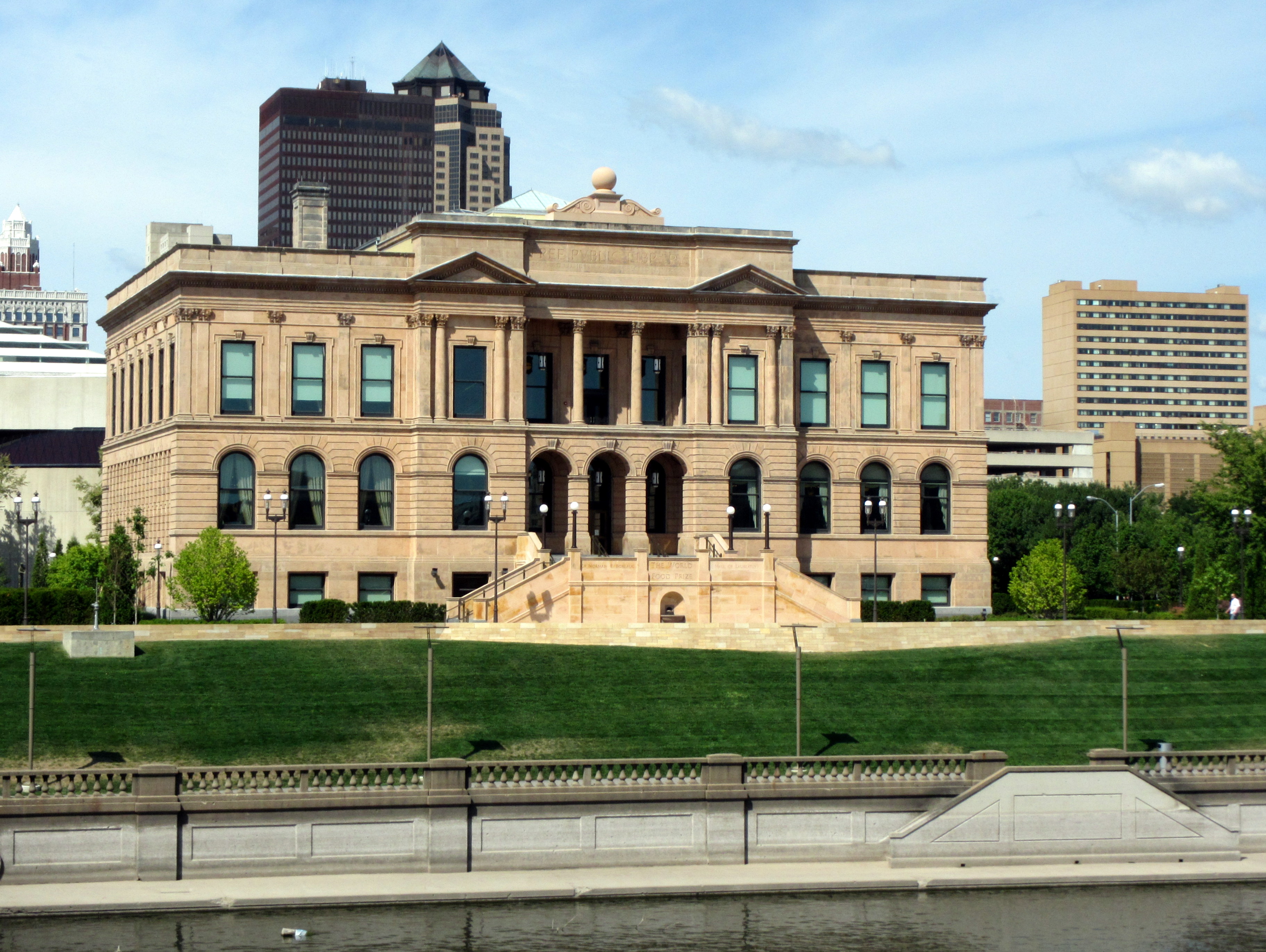|
CIMMYT
The International Maize and Wheat Improvement Center (known – even in English – by its Spanish acronym CIMMYT for ''Centro Internacional de Mejoramiento de Maíz y Trigo'') is a non-profit research-for-development organization that develops improved varieties of wheat and maize with the aim of contributing to food security, and innovates agricultural practices to help boost production, prevent crop disease and improve smallholder farmers' livelihoods. CIMMYT is one of the 15 CGIAR centers. CIMMYT is known for hosting the world's largest maize and wheat genebank at its headquarters in Mexico. CIMMYT's ninth director general, Bram Govaerts, replaced Martin Kropff in 2021. Other notable scientists like Thomas Lumpkin have served as director general of CIMMYT. Origins CIMMYT emerged from cooperative efforts of the Mexican government and the Rockefeller Foundation that led in 1943 to the founding of the Office of Special Studies, an organization within the Mexican Secretari ... [...More Info...] [...Related Items...] OR: [Wikipedia] [Google] [Baidu] |
Evangelina Villegas
Evangelina Villegas (October 24, 1924 – April 24, 2017) was a Mexican cereal biochemist whose work with maize led to the development of quality protein maize (QPM). She and her colleague from the International Maize and Wheat Improvement Center (CIMMYT), Surinder Vasal, shared the 2000 World Food Prize for this achievement. Villegas was the first woman to ever receive the World Food Prize. Education Villegas did a B.A. chemistry and biology at the National Polytechnic Institute of Mexico and earned a M.Sc. on cereal technology from Kansas State University. She also earned a Ph.D. in cereal chemistry from the North Dakota State University. Career In 1950, Villegas became a chemist at the Instiuto Nacional de Nutriologia. She would also work as a librarian in the Office of Special Studies. Then in 1957, in this same office, she began work for the Wheat Industrial Quality Chemical Evaluation. A decade later, she would move to the International Maize and Wheat Improvement ... [...More Info...] [...Related Items...] OR: [Wikipedia] [Google] [Baidu] |
Sanjaya Rajaram
Dr. Sanjaya Rajaram (1943 – 17 February 2021) was an Indian-born Mexican scientist and winner of the 2014 World Food Prize. He was awarded this prize for his scientific research in developing 480 wheat varieties that have been released in 51 countries. This innovation has led to an increase in world wheat production – by more than 200 million tons – building upon the successes of the Green Revolution. The Government of India awarded him India's fourth- and third-highest civilian awards Padma Shri (2001) and Padma Bhushan (2022). Early life, education and family Sanjaya Rajaram was born in 1943 near a small farming village Raipur, District Varanasi in the state of Uttar Pradesh in northern India. His family, including his parents, an older brother and a younger sister, made a meagre living on their five-hectare farm growing wheat, rice and maize. Unlike most children in his socioeconomic position, he was encouraged to pursue an education by his parents, and graduated f ... [...More Info...] [...Related Items...] OR: [Wikipedia] [Google] [Baidu] |
CGIAR
CGIAR (formerly the Consultative Group for International Agricultural Research) is a global partnership that unites international organizations engaged in research about food security. CGIAR research aims to reduce rural poverty, increase food security, improve human health and nutrition, and sustainable management of natural resources. CGIAR research is carried out at 15 centers that collaborate with partners from national and regional research institutes, civil society organizations, academia, development organizations, and the private sector. These research centers are around the globe, with most in the Global South and Center of origin, Vavilov Centers of agricultural crop genetic diversity. CGIAR has an annual research portfolio of just over US$900 million with more than 9,000 staff working in 89 countries. Funding is provided by national governments, multilateral funding and development agencies and leading private foundations. Representatives of CGIAR Funders and develo ... [...More Info...] [...Related Items...] OR: [Wikipedia] [Google] [Baidu] |
Norman Borlaug
Norman Ernest Borlaug (; March 25, 1914September 12, 2009) was an American agronomist who led initiatives worldwide that contributed to the extensive increases in agricultural production termed the Green Revolution. Borlaug was awarded multiple honors for his work, including the Nobel Peace Prize, the Presidential Medal of Freedom and the Congressional Gold Medal, one of only seven people to have received all three awards. Borlaug received his B.S. in forestry in 1937 and PhD in plant pathology and genetics from the University of Minnesota in 1942. He took up an agricultural research position with CIMMYT in Mexico, where he developed semi-dwarf, high- yield, disease-resistant wheat varieties. During the mid-20th century, Borlaug led the introduction of these high-yielding varieties combined with modern agricultural production techniques to Mexico, Pakistan, and India. As a result, Mexico became a net exporter of wheat by 1963. Between 1965 and 1970, wheat yields nearly double ... [...More Info...] [...Related Items...] OR: [Wikipedia] [Google] [Baidu] |
Maize
Maize (; ''Zea mays''), also known as corn in North American English, is a tall stout grass that produces cereal grain. It was domesticated by indigenous peoples in southern Mexico about 9,000 years ago from wild teosinte. Native Americans planted it alongside beans and squashes in the Three Sisters polyculture. The leafy stalk of the plant gives rise to male inflorescences or tassels which produce pollen, and female inflorescences called ears. The ears yield grain, known as kernels or seeds. In modern commercial varieties, these are usually yellow or white; other varieties can be of many colors. Maize relies on humans for its propagation. Since the Columbian exchange, it has become a staple food in many parts of the world, with the total production of maize surpassing that of wheat and rice. Much maize is used for animal feed, whether as grain or as the whole plant, which can either be baled or made into the more palatable silage. Sugar-rich varieties called sw ... [...More Info...] [...Related Items...] OR: [Wikipedia] [Google] [Baidu] |
Quality Protein Maize
Quality Protein Maize (QPM) is a family of maize varieties. QPM grain contains nearly twice as much lysine and tryptophan, amino acids that are essential for humans and monogastric animals but are limiting amino acids in grains. QPM is a product of conventional plant breeding (i.e., it is not genetically modified) and an example of biofortification. QPM was developed by Surinder Vasal and Evangelina Villegas at the International Maize and Wheat Improvement Center (CIMMYT) in the late 1990s. For their achievement, they won the 2000 World Food Prize. Need for quality protein maize In Central and South America, Africa, and Asia, several hundred million people rely on maize as their principal daily food, for weaning babies, and for feeding livestock. Unfortunately maize (corn) has two significant flaws; it lacks the full range of amino acids, namely lysine and tryptophan, needed to produce proteins, and has its niacin (vitamin B3) bound in an indigestible complex. The Mayan ... [...More Info...] [...Related Items...] OR: [Wikipedia] [Google] [Baidu] |
Green Revolution
The Green Revolution, or the Third Agricultural Revolution, was a period during which technology transfer initiatives resulted in a significant increase in crop yields. These changes in agriculture initially emerged in Developed country , developed countries in the early 20th century and subsequently spread globally until the late 1980s. In the late 1960s, farmers began incorporating new technologies, including High-yielding variety, high-yielding varieties of cereals, particularly dwarf wheat and rice, and the widespread use of Fertilizer, chemical fertilizers (to produce their high yields, the new seeds require far more fertilizer than traditional varieties), Pesticide , pesticides, and controlled irrigation. At the same time, newer methods of cultivation, including mechanization, were adopted, often as a package of practices to replace traditional agricultural technology. This was often in conjunction with loans conditional on policy changes being made by the Developing coun ... [...More Info...] [...Related Items...] OR: [Wikipedia] [Google] [Baidu] |
Wheat
Wheat is a group of wild and crop domestication, domesticated Poaceae, grasses of the genus ''Triticum'' (). They are Agriculture, cultivated for their cereal grains, which are staple foods around the world. Well-known Taxonomy of wheat, wheat species and hybrids include the most widely grown common wheat (''T. aestivum''), spelt, durum, emmer, einkorn, and Khorasan wheat, Khorasan or Kamut. The archaeological record suggests that wheat was first cultivated in the regions of the Fertile Crescent around 9600 BC. Wheat is grown on a larger area of land than any other food crop ( in 2021). World trade in wheat is greater than that of all other crops combined. In 2021, world wheat production was , making it the second most-produced cereal after maize (known as corn in North America and Australia; wheat is often called corn in countries including Britain). Since 1960, world production of wheat and other grain crops has tripled and is expected to grow further through the middle of ... [...More Info...] [...Related Items...] OR: [Wikipedia] [Google] [Baidu] |
Rockefeller Foundation
The Rockefeller Foundation is an American private foundation and philanthropic medical research and arts funding organization based at 420 Fifth Avenue, New York City. The foundation was created by Standard Oil magnate John D. Rockefeller ("Senior") and son " Junior", and their primary business advisor, Frederick Taylor Gates, on May 14, 1913, when its charter was granted by New York. It is the second-oldest major philanthropic institution in America (after the Carnegie Corporation) and ranks as the 30th largest foundation globally by endowment, with assets of over $6.3 billion in 2022. The Rockefeller Foundation is legally independent from other Rockefeller entities, including the Rockefeller University and Rockefeller Center, and operates under the oversight of its own independent board of trustees, with its own resources and distinct mission. Since its inception, the foundation has donated billions of dollars to various causes, becoming the largest philanthropic enter ... [...More Info...] [...Related Items...] OR: [Wikipedia] [Google] [Baidu] |
World Food Prize
The World Food Prize is an international award recognizing the achievements of individuals who have advanced human development by improving the quality, quantity, or availability of food in the world. Conceived by Nobel Peace Prize laureate Norman Borlaug and established in 1986 through the support of General Foods, the prize is envisioned and promoted as the Nobel or the highest honors in the field of food and agriculture. It is now administered by the World Food Prize Foundation with support from numerous sponsors. Since 1987, the prize has been awarded annually to recognize contributions in any field involved in the world food supply, such as animal science, aquaculture, soil science, water conservation, nutrition, health, plant science, seed science, plant pathology, crop protection, food technology, food safety, policy, research, infrastructure, emergency relief, and poverty alleviation and hunger. Laureates are honored and officially awarded their prize in Des Moines, Io ... [...More Info...] [...Related Items...] OR: [Wikipedia] [Google] [Baidu] |
European Commission
The European Commission (EC) is the primary Executive (government), executive arm of the European Union (EU). It operates as a cabinet government, with a number of European Commissioner, members of the Commission (directorial system, informally known as "commissioners") corresponding to two thirds of the number of Member state of the European Union, member states, unless the European Council, acting unanimously, decides to alter this number. The current number of commissioners is 27, including the president. It includes an administrative body of about 32,000 European civil servants. The commission is divided into departments known as Directorate-General, Directorates-General (DGs) that can be likened to departments or Ministry (government department), ministries each headed by a director-general who is responsible to a commissioner. Currently, there is one member per European Union member state, member state, but members are bound by their oath of office to represent the genera ... [...More Info...] [...Related Items...] OR: [Wikipedia] [Google] [Baidu] |







